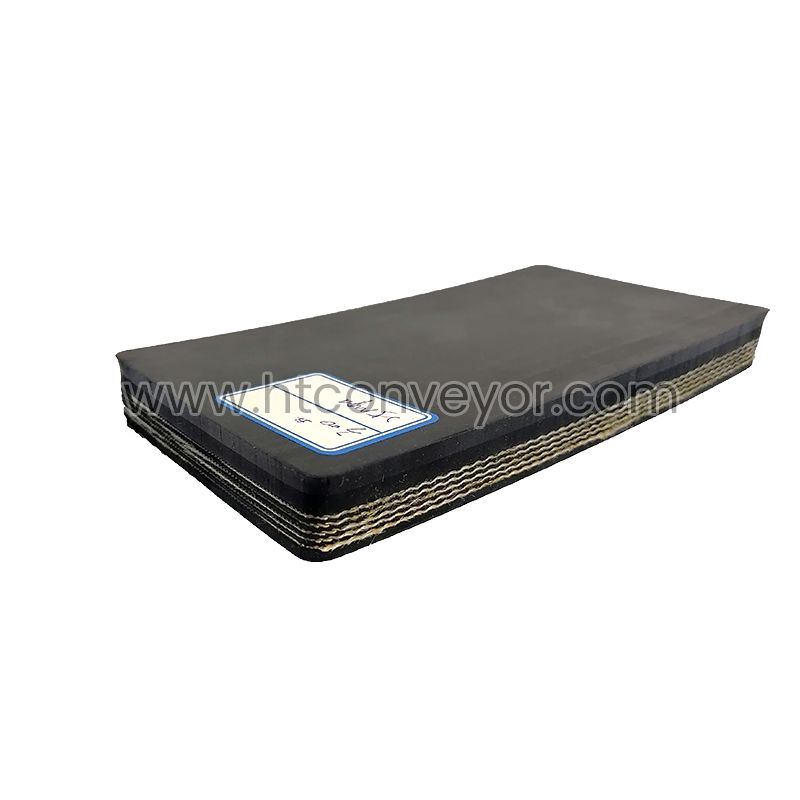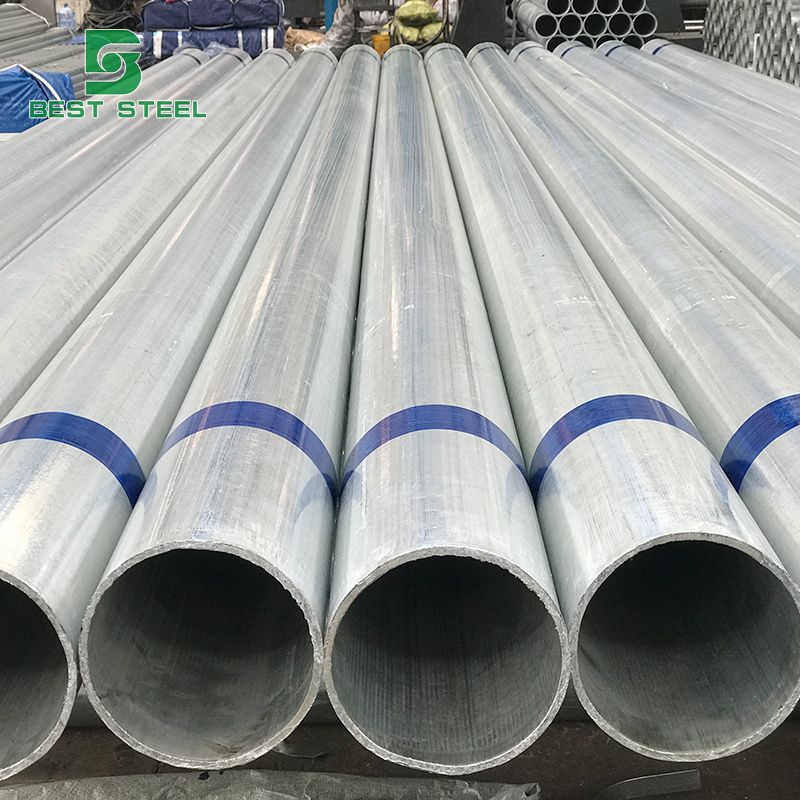4 Advice to Choose a Steel Solutions
Structural steel often is the material of choice for modern builders. And when design calls for structural steel, the best choice is usually galvanized steel. Here are five reasons why.
Galvanized steel is strong and reliable.
Hot-dip galvanized steel has the same bend, impact properties, proof strength, and tensile strength of any other structural steel, with one important difference. Galvanized steel does not rust. Cumulative corrosion from rust and weathering can cause structures made with untreated steel to collapse.
History is filled with tragedies involving the corrosion of untreated steel. When a pedestrian walkway at the NASCAR Winston stock car race snapped in half, 107 people were injured, 29 of them in critical condition. When the U.S. Highway 35 bridge connecting West Virginia and Ohio suddenly collapsed, 46 people were killed and nine were seriously injured. And when the 3,300-ton, half-mile-long Kinzua Railroad Bridge in north-central Pennsylvania was struck by 80-mile per hour winds in a thunderstorm, most of it fell into the gorge below.
All of these transportation tragedies resulted from corrosion stress. Rust doesn’t just damage steel structures. Rust can kill. Galvanized steel doesn’t rust. Galvanized steel is essential for safe building.
Galvanized steel saves labor hours.
When your structural steel is hot-dipped galvanized, a protective layer of zinc is added to the steel. There is no need to spray or paint other coatings on the steel. There is no need to wait for them to dry. Your project can be built more with fewer labor hours and on a shorter deadline. And galvanized steel is easier to inspect before it goes into your project.
Galvanized steel also saves labor hours after your construction project is in service. There is no need to treat a galvanized steel surface with harsh chemicals to prevent corrosion. Wiping it down a few times a year is enough.
Smart galvanizing confers superior protection across the entire surface of the steel.
Corrosion starts in steel through cracks. All steel, including galvanized steel, can crack. But experienced galvanizing facilities can minimize the problem.
When there are cracks in galvanized steel, the problem often is that the steel was dipped into molten zinc at the wrong angle for the shape of the structure, or it is held in the molten zinc for too long and undergoes thermal stress. An experienced galvanizing facility can anticipate and compensate for their potential problems and give you the superior protection you need.
Galvanized steel can be added to your construction inventory quickly.
The galvanizing process is one-and-done. Other methods of protecting steel from corrosion may require multiple coatings. With galvanized steel you have less lead time and fewer construction and fabrication delays. When you choose galvanized steel, you can introduce more time for contingencies in your construction or fabrication timeline.
Galvanized steel has multiple uses.
There are probably lots of things you didn’t know were galvanized.
Galvanized nuts, bolts, nails, and screws add staying power to all kinds of construction. Casings for precision electronics and communications devices are made with galvanized steel. The lofty towers for power transmission lines are fabricated from galvanized steel, and galvanized steel is a rust-resistant alternative to PVC piping. You will even find galvanized steel on the playground, in play sets and in playground equipment, and most of the structural steel used in making automobiles. And don’t forget about wire rope for bringing ships to port.
Because galvanized steel is almost always recycled steel., galvanization is among the planet’s most environmentally friendly building materials. Up to 90 percent of steel is recycled, more than any other common industrial product.
There’s always a structural solution with steel, No matter what challenges arise in design and construction, steel framing systems can meet them, and nine times out of ten the solution calls for galvanized steel.
Featured content:
All You Need to Know About Stainless Steel Rods: A Complete Guide
How to Save Money When Buying Metal in China
What is the best way to buy steel?
10 Questions You Should to Know about Color Steel
The 11 Most Common Carbon Steel Questions, Answered
How to Fix an HTTP 304 Not Modified Status Code (6 Potential Methods)
1.4301 Data Sheet thyssenkrupp Materials (UK)
Stainless steel is a commonly used material in applications ranging from medical instruments or chemical storage to transport or power generation because of its high corrosion resistance, hygiene, and strength. While there are more than 3,500 grades of steel, not all stainless steel grades are created equally.
With so many options, how can you ensure you’re selecting the appropriate grade for your specific needs?
1. Choose the Right Metal for Your Operating Environment
To determine which grade of steel will uphold best in a given environment, think about the conditions your final product will face. Extremely low pH, high stresses and high temperatures, and crevice corrosion negatively impact stainless steel performance. Steels in the austenitic T3XX series, like the common types 316 and 304 alloys, retain their strength, toughness, and corrosion-resistant properties over the broadest temperature range.
Corrosion resistance is the main reason for choosing austenitic stainless grades. Type 316, with its molybdenum addition, even resists chloride ions found in marine and chemical processing applications. With any steel grade, high-quality structural design is the best defense against corrosion.
2. Prioritize Strength, Ductility, and Toughness
Next, consider these three top mechanical qualities:
- Strength: The stress a metal can withstand before it fractures or deforms
- Ductility: The ability of a material to have its shape changed, such as being drawn out into a wire or thread, without losing strength or breaking
- Toughness: The metal’s ability to deform and absorb energy before fracture
Stainless steel contains 10–30% chromium as its alloying element, which is what helps it resist corrosion. The nickel addition in austenitic grades provides the highest toughness and ductility among stainless grades. Grades high in chromium, molybedenum, and nickel are the most resistant to corrosion.
Alloy content is not the only aspect to consider when choosing a grade of stainless steel; the material’s processing also affects the mechanical response. The duration of time steel is held at different temperatures as part of its cooling process, as well as the total speed at which it is cooled can affect its overall quality.
While the hardness of carbon steels can be increased by heat treatment, austenitic stainless is hardened by cold working operations like rolling, bending, swaging, or drawing at temperatures below the recrystallization temperature. Be aware that increased hardness by cold working operations decreases other properties like elongation and impact resistance.
3. Factor in Form and Process
Austenitic stainless steel is widely available in bar, wire, tube, pipe, sheet, and plate forms; Most products require additional forming or machining before they can be used for their specific application.
Stainless steel tubing, for instance, may need bending or coiling, re-drawing, machining, welding, or end forming. If your stainless steel will see machining processes like CNC machining, drilling, reaming, bevel cutting, chamfering, knurling, or threading, choose a machining rate that mitigates the risk of work hardening or select a “free-machining” grade containing sulfur.
When welding any stainless steel parts, embrittlement in the weld area is a top concern. Choose a lower carbon grade like 304, 304L, or 316L to reduce carbide formation.
4. Consider Your Customers’ Preferences
Many designers choose stainless steel for its aesthetic appearance, whether that appearance is a shiny, electropolished “bright” finish, a dull “pickled” finish, a matte surface polished to a specific RMS, or a light-absorbing black oxide coating. Austenitic stainless steel grades can take any of these finishes plus the common addition of passivation.
Customers may also need certification for application-specific specifications. For instance, ASTM A213 and A249 should be used for boiler, superheater, and heat-exchanger tubes, while ASTM A908 should be used for hard-drawn austenitic stainless steel industrial needle tubing. There are more than 12,000 ASTM standards, and each addresses a specification so customers know the technical standards tested for chemical composition, heat treatment or temper, and other physical and mechanical attributes.
5. Manage Material Cost and Availability
Although high-performing austenitic stainless steels are the most expensive stainless steels upfront, they are well worth the investment. Choosing a corrosion-resistant material well-suited to its application reduces maintenance, downtime, and replacement costs. Life-cycle costing methods can quantify current and future costs and create an “apples-to-apples“ comparison of different materials.
Selecting a Stainless Steel Supplier
At Eagle Stainless we can help you prioritize your material requirements and guide you toward choosing the perfect stainless steel grades for your application. With quality management certifications in place since 1998, our commitment to quality is evident at every step of the process and designed to help you make the best steel selection for your industrial application.
4 Advice to Choose a Steel Solutions
Selecting Stainless Steel Grades
Featured content:Common Uses for Stainless Steel
A guide to matte paint – and when to use it
6 Benefits of Custom Sheet Metal Services
How do you get black marks off white quartz?
What metal is widely used for casting?
When was stainless steel introduced?
Stainless Clad Cookware Made in USA
372
0
0
Related Articles
-
436
0
0
-
447
0
0
-
542
0
0
-
1787
0
0
-
432
0
0
-
419
0
0
-
380
0
0
-
405
0
0





Comments
All Comments (0)